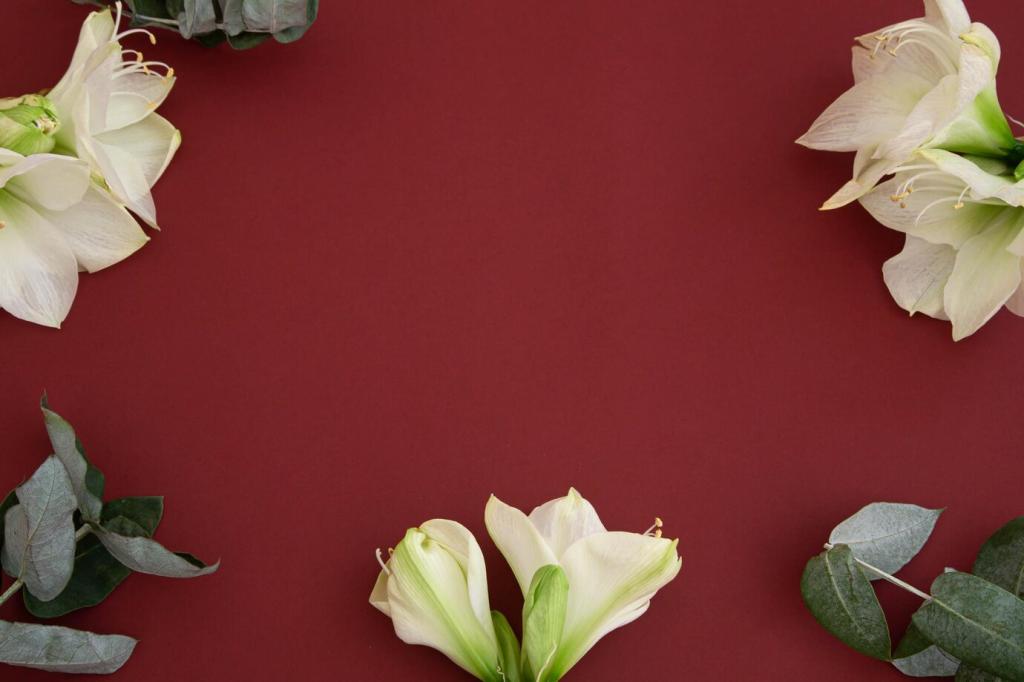Key Principles of Minimalist Interior Design
Minimalist interior design is a refined approach that emphasizes simplicity, functionality, and the art of reduction. It seeks to create tranquil and harmonious spaces by removing unnecessary elements and focusing on what truly matters. Minimalism in interiors is not about sparse or cold environments, but rather about clarity, intentionality, and quality over quantity. By embracing minimalist principles, homeowners can cultivate spaces that evoke calm, allow for freer movement, and reflect a deep appreciation for beauty in form and purpose.
Simplicity in Form and Function

Streamlined Architecture
Streamlined architecture in minimalist interiors emphasizes clean, unadorned lines and geometric clarity. The spaces are organized around straightforward shapes and well-defined spatial organization. Walls, floors, and ceilings often feature smooth surfaces with minimal ornamentation, granting the architecture itself a quiet confidence. This approach allows rooms to flow seamlessly into one another, further reinforced by concealed storage and integrated fixtures. The focus is always on essential structure and restrained elegance, resulting in spaces that feel both expansive and refined.

Purposeful Furniture Selection
Selecting furniture in a minimalist interior is an exercise in mindfulness and precision. Each piece is chosen for its functional value and design integrity, often featuring neutral tones and tactile materials such as wood, leather, or steel. There is an emphasis on craftsmanship and form, prioritizing objects that are comfortable to use and visually unobtrusive. Multiple or excessively decorative furnishings are replaced by single, well-considered pieces that perform double duty when necessary. This purposeful curation not only clears physical space but also cultivates a greater appreciation for the objects that remain.

Decluttered Spaces
A decluttered environment is essential in minimalist interior design. The removal of extraneous objects, patterns, and decorations brings the focus to what truly matters within a space. This process requires evaluating each item’s necessity and aesthetic contribution, leading to interiors that are organized and free from distraction. Decluttered spaces evoke a sense of mental calmness and visual peace, allowing inhabitants to fully engage with their environments without the constant demand of excessive stimuli.
Functionality as a Priority
The minimalist approach often incorporates multifunctional elements to make the most efficient use of space. Furniture such as storage ottomans, sofa beds, or modular shelving fulfills more than one role without adding unnecessary bulk. This principle extends to built-in storage that maintains uninterrupted lines and flexibility. Multifunctional design reduces visual load while providing practical benefits, making spaces adaptable to changing needs without compromising on style or openness.

Emphasis on Space and Light
Maximizing Natural Light
Minimalist interiors make the most of natural light through careful window placement, the use of sheer or translucent treatments, and an avoidance of heavy, light-blocking details. Large glass expanses, skylights, and open sight lines direct sunlight deep into the interior, illuminating every surface and creating dynamic shifts throughout the day. The emphasis on daylight not only visually enlarges the space but also lifts the mood, fostering a strong connection between the indoors and the natural world outside.
Open Floor Plans
Open floor plans are a natural fit for minimalist design, dissolving unnecessary walls and partitions in favor of shared, connected living spaces. This approach allows for greater flexibility in furnishing and easier movement from one area to another. The absence of physical barriers invites social interaction, improves ventilation, and enhances the sense of volume within the home. Open layouts reinforce the key minimalist qualities of light, space, and freedom, serving both aesthetic and functional needs.
Reflective and Light-Hued Surfaces
Light, neutral color palettes and reflective surfaces such as pale woods, polished stone, and white-painted walls are essential in amplifying light in minimalist interiors. These choices create a luminous backdrop that accentuates the form and texture of each component in the room. Not only do these surfaces visually expand the area, but they also provide a serene, uncluttered canvas, allowing natural and artificial light to bounce harmoniously throughout the space.
